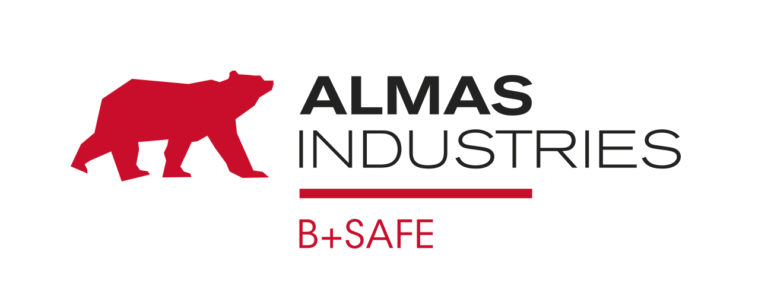The European Commission presented a new climate objective consisting of a 90% net reduction in greenhouse gas emissions by 2040. It seeks to maintain European leadership in the fight against climate change and continue reducing dependence on fossil fuels .

The Communication presented is aligned with key European initiatives such as the European Green Deal, the European Climate Law, the new Air Quality Directive or the package of measures
Together, all these instruments aim to make Europe climate neutral by 2050, with an intermediate target of a reduction in net greenhouse gas emissions of at least 55% by 2030, compared to the values of 1990.
This Communication seeks to advance the implementation of European climate legislation to pave the way for 2050.
The measure is less ambitious with respect to the first proposals put forward by the Commission. In the current context of growing unrest in the European countryside, the mention of a possible 30% cut in agricultural pollution between 2015 and 2040 has been removed
Goals
In its Communication, the Commission recommends to Member States a 90% net reduction in greenhouse gas emissions by 2040 compared to 1990 levels. Furthermore, it indicates that full implementation of the legislation already in force is vital to achieve a reduction of at least 55% of emissions by 2030.
The Communication also includes a series of milestones to achieve:
- Transmit clear signals to investors and plan for the long term, reducing the risks of obsolete assets.
- Decarbonize the EU’s industry and energy systems, ensuring that Europe is a leading destination for investment, generating stable jobs and future prospects.
- Boost Europe’s resilience to future crises, in particular strengthening the EU’s energy independence from fossil fuel imports from third countries.
- Evolve the Green Pact towards an industrial decarbonization agreement,
taking advantage of current strengths in wind energy, hydroelectric energy and electrolyzers. - The aim is to increase the manufacturing capacity of batteries, electric vehicles, heat pumps, solar energy, carbon capture and storage (CAC), carbon capture and utilization (CUC), biogas and biomethane, as well as promote the circular economy.
- Reform and improve carbon pricing and access to finance to achieve industrial emissions reduction targets. The text states that the Commission will establish a working group dedicated to developing a comprehensive approach to carbon pricing and markets.
Strategic sectors
The Communication highlights some strategic sectors crucial to achieving the goals: Energy, Transport, Agriculture (the agricultural sector can also play a role in the transition, while ensuring sufficient food production, fair incomes and the provision of other vital services , such as improving the capacity of soils and forests to store more carbon), Industry.
Recommendations to European citizens to make behavioral changes in their consumption have been suppressed, such as reducing meat consumption, the introduction of which could have caused rejection and been instrumentalized to increase polarization just four months before the European elections in June.
Industrial carbon management strategy
Finally, the Communication states that to achieve the objectives, the deployment of carbon capture and storage technologies will be needed, as well as the use of captured carbon in industry. The EU Industrial Carbon Management Strategy will support the development of CO2 supply chains and the necessary transport infrastructure.
Conclusions and next steps
This Communication is a tangible indicator of future concrete legislative initiatives to update and implement European climate legislation.
Specifically, it is intended that the next Commission will present a legislative proposal that develops and specifies the objectives of this Communication after the European elections, in collaboration with the European Parliament and the Member States.
Finally, it should be noted that the measure is less ambitious with respect to the first proposals put forward by the Commission. In the current context of growing unrest in the European countryside, mention of a possible 30% cut in agricultural pollution between 2015 and 2040 has been removed.
Furthermore, the Communication refers to the agricultural sector from an eminently positive perspective, highlighting the role that the sector plays in EU food sovereignty.
On the other hand, recommendations to European citizens to make behavioral changes in their consumption have also been suppressed, such as reducing meat consumption, the introduction of which could have caused rejection and been instrumentalized to increase polarization just four months after the European elections in June.
Fuente: LLYC
Another informations
















